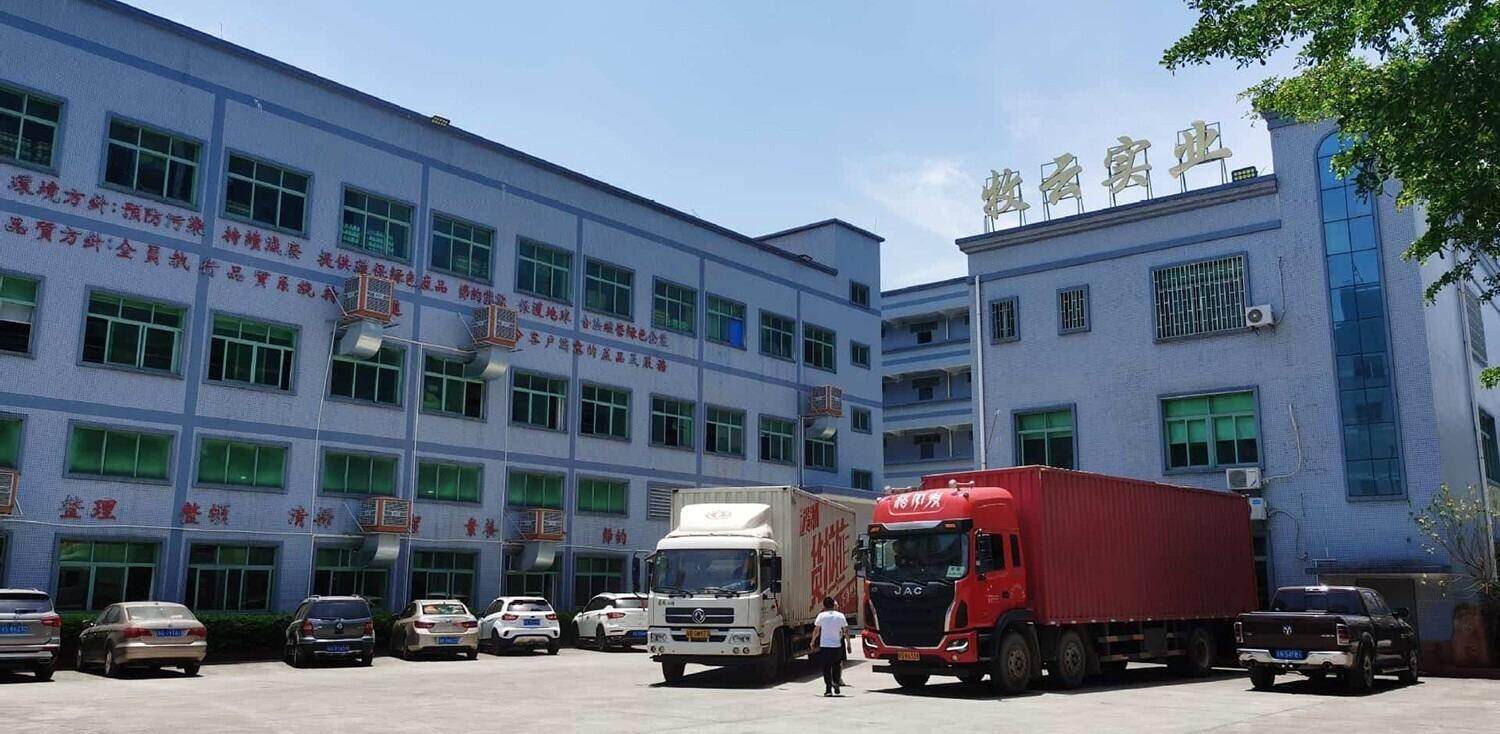
Přetvořte svůj prostor na útulný ráj s pomocí roztomilých nočních světel od Recesky. Tato světla nejenže poskytují teplé a útulné osvětlení, ale také dodávají vašemu okolí nádech útulnosti. Ať už se uvolňujete po dlouhém dni nebo vytváříte relaxační atmosféru pro zvláštní příležitost, naše roztomilá noční světla jsou ideální volbou. Jejich jemné osvětlení vytváří uklidňující atmosféru, která vám pomůže uvolnit se a relaxovat. Přijměte útulné vibrace a vytvořte teplou a vítající atmosféru s roztomilými nočními světly od Recesky.

Vstupte do říše fantazie a úžasu s naší kolekcí roztomilých nočních světel, z nichž každé je navrženo tak, aby podnítilo vaši představivost a přineslo kouzlo. Když hledáte mystického jednorožce, roztomilého dinosaura nebo třpytivou vílu, naše barevná noční světla, která jsou jednoduše neodolatelná, mají vše, co potřebujete. Tato okouzlující světla jsou dokonalým doplňkem do dětských pokojů, herních místností nebo jen jako speciální dárky pro vaše blízké. S našimi roztomilými nočními světly nechte svou mysl létat, zatímco si užíváte kouzelnou záři, kterou produkují po celý čas.

My v Recesky Industry si myslíme, že funkčnost by nikdy neměla narušovat styl. Naše roztomilá noční světla jsou navržena tak, aby sloužila jak praktickým, tak krásným účelům. Tato světla vypadají roztomile se svými roztomilými tvary a vyzařují jemné světlo, které může sloužit jako romantické osvětlení v noci. Během dne slouží tyto roztomilé osvětlení jako dekorace, zatímco v noci poskytují jemný lesk. Nemusíte se obávat, že byste zničili pokoj vašeho dítěte nebo obývací pokoj; naše roztomilá noční světla vám usnadňují dosáhnout atraktivní kombinace mezi užitečností a módou, plus nějaký pocit zábavy kdekoli v domě.

Připravte se zamilovat se do nekonečné roztomilosti našich nočních světel. V Recesky Industry jsme hrdí na to, že vyrábíme extrémně roztomilé a přitažlivé designy, které vám roztaví srdce. Ať už jsou to mazlivá zvířátka nebo hravé tvary; tyto jsou navrženy tak, aby vás rozesmály kdykoli jste kolem nich. Vyrobené z vysoce kvalitních materiálů a vybavené energeticky úspornými LED žárovkami, naše světla nejen vyzařují krásu, ale také nabízejí dlouhotrvající osvětlení. Nechte své okolí okouzlit neodolatelným kouzlem našich roztomilých nočních světel, která naplní každou noc radostí a teplem.

Náš výběr roztomilých nočních světel vás zavede do říše magie a tajemství. Každé světlo je navrženo pro vaše potěšení, aby vám pomohlo uniknout z reálného světa. Například máme světla ve tvaru malých zvířat, která mohou učinit jakoukoli místnost kouzelnou, a pohádková světla, která se třpytí jako hvězdy. Tato roztomilá noční světla však nejsou pouze krásná, ale také magická, což vytvoří skvělou atmosféru vedoucí do říše snů. Když vítáte nepraktičnost našich roztomilých nočních světel, nechte kouzlo ožít.

Recesky Industry (Dongguan) Co., Ltd. se specializuje na osvětlení, zvlhčovače vůně, reproduktory Bluetooth, domácí přístroje a licencované spotřební zboží. Naše dílna je vybavena více než 20 sadami automatizovaného zařízení, včetně strojů na vstřikování od 100 do 320 tun. Naši techničtí inženýři mají odborné znalosti v pokročilých technologiích, jako je UV tisk, laserová rytina a tepelné lisování. Všechny produkty jsou certifikovány ISO9001, BSCI, QS, Disney a dalšími. Prodávají se především v Jižní Koreji, Japonsku, Indonésii, Thajsku, Vietnamu, Evropě, Americe, Asii a na Středním východě.
V Recesky Industry rozumíme potřebám podniků a velkoodběratelů. Proto nabízíme velkoobchodní možnosti pro naše rozkošné drobnosti, které vám umožní naskladnit si zásoby, aniž byste museli vydělat peníze. Naše velkoobchodní ceny jsou vysoce konkurenceschopné a zajišťují, že za své peníze získáte tu nejlepší hodnotu.
Hledáte způsob, jak zviditelnit svou značku? Naše služby ODM/OEM vám umožňují přizpůsobit si naše roztomilé drobnosti pomocí vlastních návrhů a značek. To znamená, že můžete vytvářet jedinečné produkty, které dokonale odpovídají image vaší společnosti a osloví vaši cílovou skupinu.
Jsme hrdí na to, že nabízíme licencované spotřební zboží, které je autentické a vysoce kvalitní. Díky partnerství s renomovanými značkami zajišťujeme, že naše roztomilé drobnosti splňují nejvyšší standardy kvality a designu. Díky tomu můžete být klidní, protože víte, že kupujete originální produkty, které budou vaši zákazníci milovat.
V Recesky Industry nabízíme široký výběr roztomilých drobností, ze kterých si můžete vybrat. Ať už hledáte nápadité figurky, ozdobné ozdoby nebo funkční vychytávky, pro každého máme něco. To zajišťuje, že můžete najít perfektní produkty, které budou vyhovovat vašim obchodním potřebám a preferencím zákazníků.
Roztomilá noční světla jsou dekorativní lampy navržené tak, aby poskytovaly jemné, ambientní osvětlení v ložnicích nebo dětských pokojích. Často mají roztomilé designy, které oslovují jak děti, tak dospělé.
Roztomilá noční světla obvykle mají žárovku s nízkým výkonem, která vyzařuje jemné světlo. Některé modely mohou mít také senzor, který automaticky zapíná a vypíná světlo na základě úrovně okolního osvětlení.
Roztomilé noční lampičky mohou pomoci vytvořit uklidňující atmosféru pro děti, které se bojí tmy. Mohou také sloužit jako útulná přítomnost pro dospělé, kteří preferují trochu extra světla při spánku.
Ano, většina roztomilých nočních lampiček je navržena s ohledem na bezpečnost. Obvykle mají žárovky s nízkým teplem a robustní, dětem přátelské designy. Nicméně, vždy je dobré zkontrolovat specifikace produktu a recenze před zakoupením.
Ne, roztomilé noční lampičky jsou navrženy tak, aby byly energeticky efektivní, spotřebovávají velmi málo elektřiny, i když jsou ponechány zapnuté přes noc.
